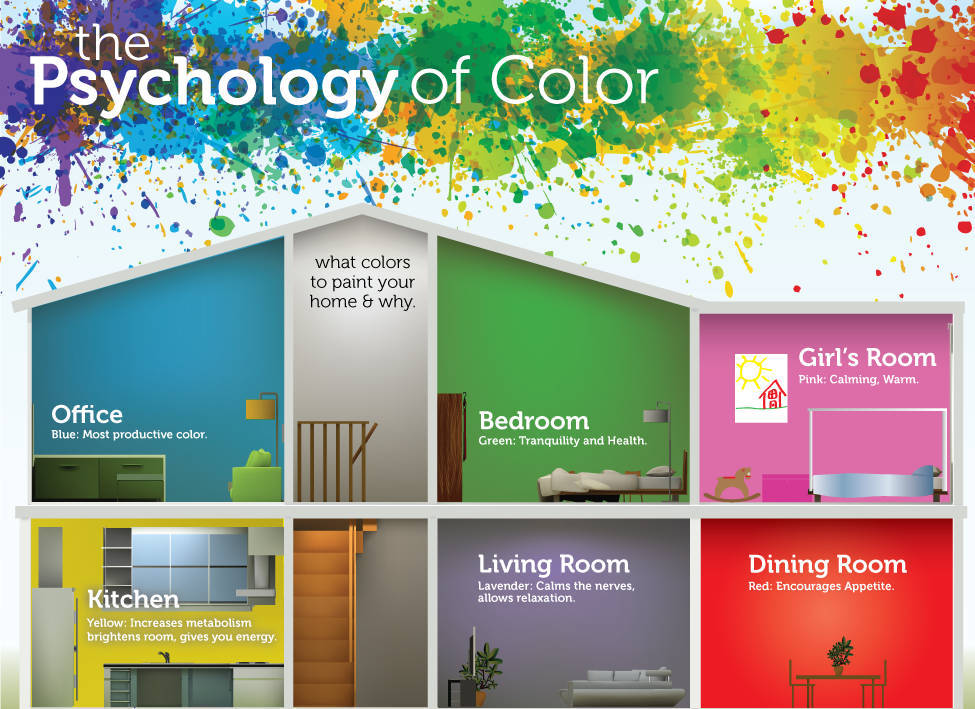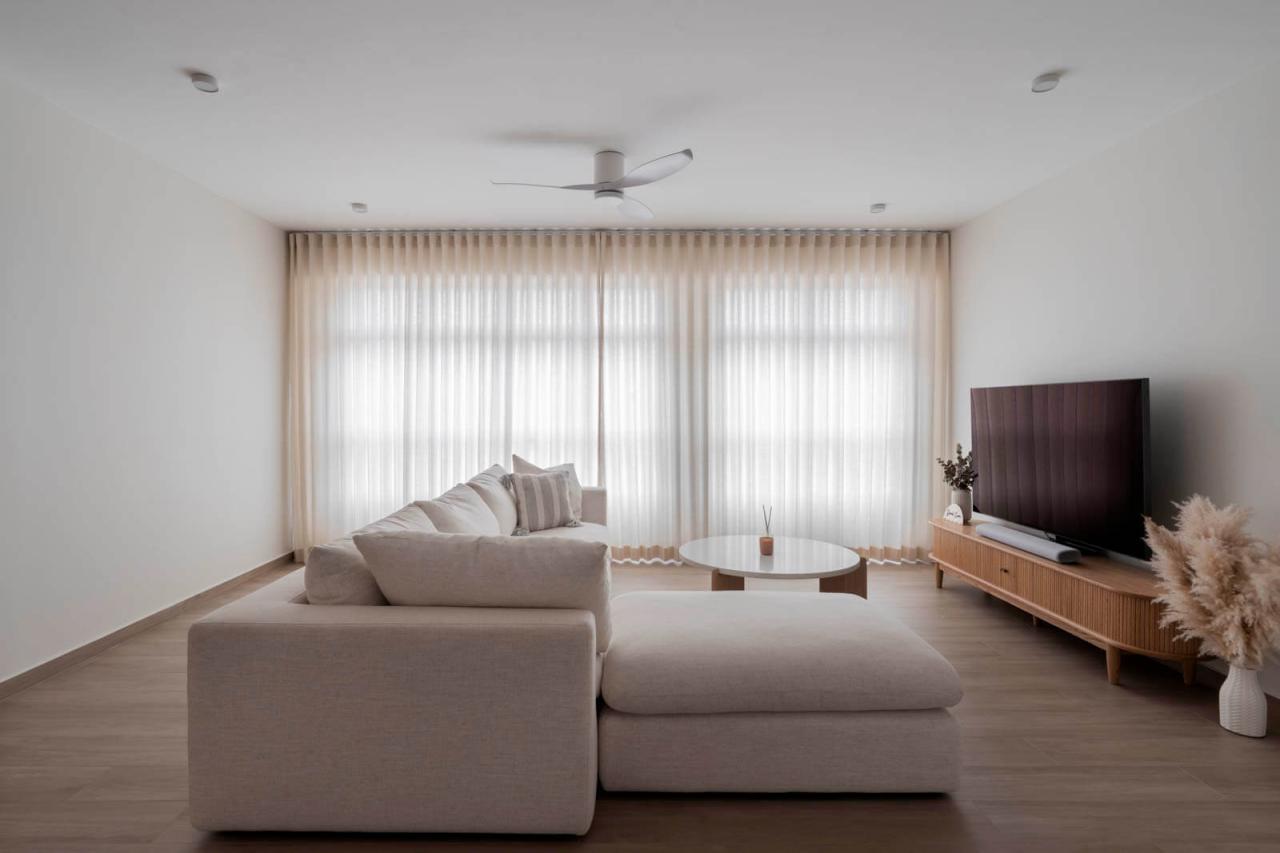How to Maximize Natural Light in Interior Spaces: Illuminating Your Home with Sunlight
How to Maximize Natural Light in Interior Spaces sheds light on the importance of harnessing sunlight to create a bright and inviting atmosphere in your living spaces. From choosing the right paint colors to strategic furniture placement, this guide offers valuable insights to help you make the most of natural light in your home.
Importance of Natural Light in Interior Spaces
Natural light plays a crucial role in enhancing the overall look and feel of interior spaces. It is not just about brightening up a room, but also about creating a welcoming and comfortable environment.
Benefits of Maximizing Natural Light
- Improves Mood: Natural light has been proven to boost mood and reduce feelings of depression and anxiety. It promotes a sense of well-being and positivity.
- Energy Efficiency: By maximizing natural light, you can reduce the need for artificial lighting during the day, leading to lower energy consumption and cost savings.
- Enhances Visual Appeal: Natural light brings out the true colors of decor elements, making the space look more vibrant and inviting.
Impact on Ambiance and Mood
Natural light has a significant impact on the ambiance and mood of a space. It creates a sense of openness and airiness, making the room feel more spacious and inviting. Additionally, the quality of natural light changes throughout the day, influencing the atmosphere in the room at different times.
Assessing Current Light Conditions
When it comes to maximizing natural light in interior spaces, the first step is to assess the current light conditions in the room. Understanding the existing natural light levels is crucial in determining how to enhance and optimize the space.
Evaluating Existing Natural Light
- Start by observing the room at different times of the day to see how natural light enters the space.
- Take note of areas that receive direct sunlight and those that are more shaded.
- Use a light meter to measure the intensity of light in different parts of the room.
Potential Obstacles
- Identify any obstacles such as tall buildings, trees, or neighboring structures that may be blocking natural light from entering the room.
- Consider the placement of furniture, curtains, and other items that could be obstructing the flow of light.
- Look for ways to eliminate or minimize these obstacles to allow more natural light into the space.
Understanding Sunlight Direction and Intensity
- Study the path of sunlight throughout the day to determine the best times for natural light exposure.
- Consider how the angle of the sun changes with the seasons and adjust accordingly to maximize light intake.
- Utilize reflective surfaces or light-colored walls to bounce light into darker areas of the room.
Design Elements to Enhance Natural Light
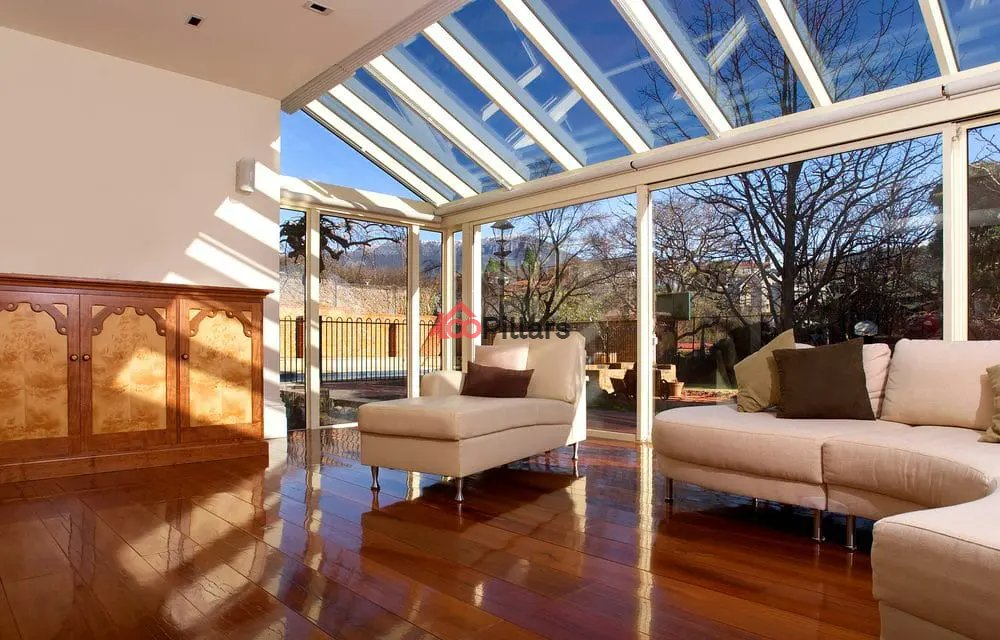
When it comes to maximizing natural light in interior spaces, the design elements you choose can make a significant difference. By incorporating specific elements, you can amplify the amount of sunlight that enters a room, creating a brighter and more inviting atmosphere.
Light-Colored Paint and Reflective Surfaces
One effective way to enhance natural light is by selecting light-colored paint for walls and ceilings. Light colors, such as white or pale pastels, can reflect sunlight more effectively, making the room appear brighter
Strategic Placement of Mirrors
Mirrors are a powerful tool in enhancing natural light as they can bounce light and create the illusion of a brighter, more spacious room. By strategically placing mirrors opposite windows or in dark corners, you can effectively increase the amount of light in the room.
Consider using large mirrors or mirrored furniture to maximize this effect.
Choosing Window Treatments
When selecting window treatments, opt for options that allow maximum light penetration. Sheer curtains, light-colored blinds, or even no window coverings at all can help to ensure that natural light can easily filter into the room. Avoid heavy drapes or dark fabrics that can block sunlight and make the space feel darker.
Architectural Adjustments and Layout Optimization
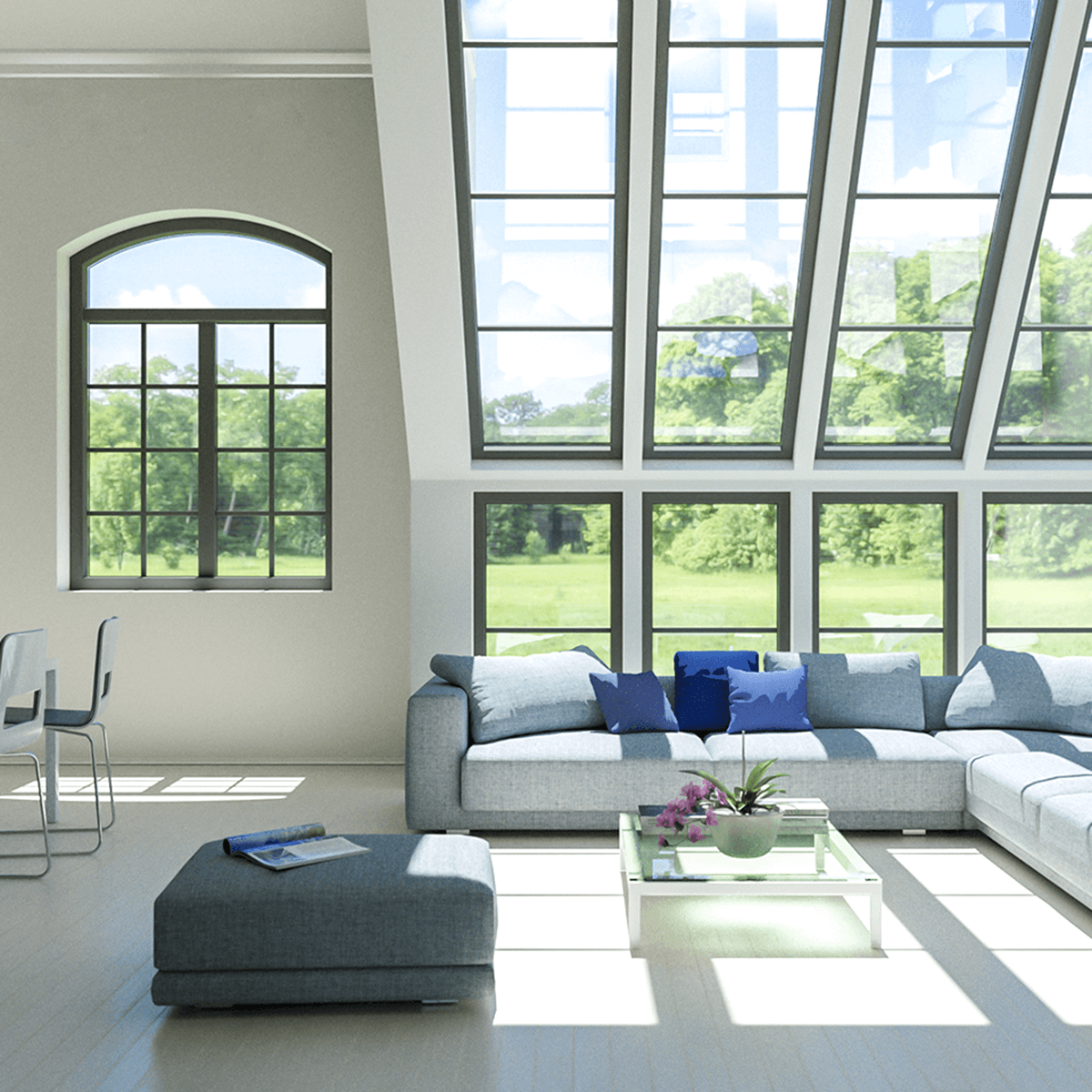
To maximize natural light in interior spaces, it is essential to consider architectural adjustments and layout optimization. By reconfiguring furniture layout, incorporating architectural elements like skylights, light wells, and light tubes, and opening up floor plans, you can enhance the flow of natural light throughout the space.
Reconfiguring Furniture Layout
When optimizing natural light flow, it is crucial to arrange furniture in a way that does not obstruct the path of light. Place larger pieces of furniture away from windows to allow light to penetrate deeper into the room. Consider using light-colored or reflective surfaces to bounce light around the space and create a brighter ambiance.
Architectural Elements
Architectural elements such as skylights, light wells, and light tubes play a significant role in enhancing natural light in interior spaces. Skylights can bring in additional natural light from above, while light wells and light tubes can help channel light into areas that may lack direct sunlight.
These features not only increase the amount of natural light but also add architectural interest to the space.
Opening Up Floor Plans
To allow light to penetrate deeper into interior spaces, consider opening up floor plans by removing unnecessary walls or partitions. This can create a more open and airy feel, allowing natural light to flow freely throughout the space. By creating an open layout, you can maximize the impact of natural light and create a bright and welcoming environment.
Last Recap
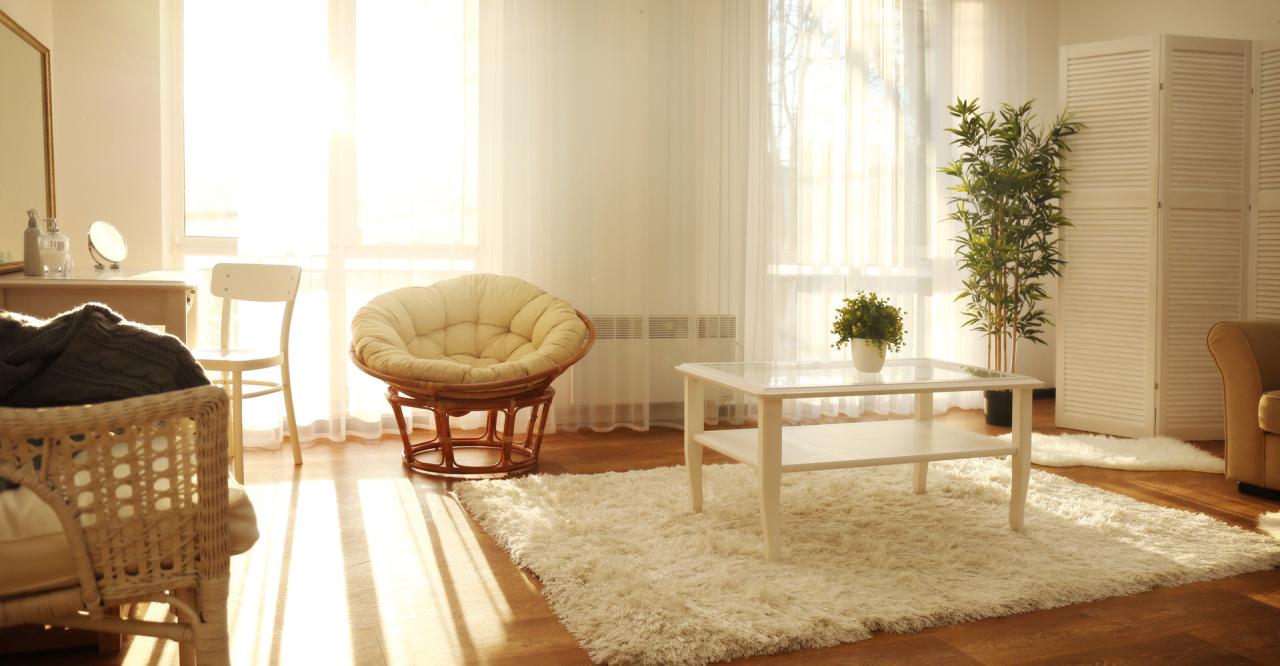
As we conclude this enlightening discussion on maximizing natural light in interior spaces, remember that a well-lit home not only looks visually appealing but also uplifts your mood and enhances the overall ambiance. By incorporating the tips and strategies shared in this guide, you can transform your living spaces into bright, airy sanctuaries that exude warmth and comfort.
FAQ
How can I assess the current natural light in my room?
To evaluate the existing natural light, observe how sunlight enters the room at different times of the day and note any areas that receive the most light.
What are some design elements that can enhance natural light?
Opt for light-colored paint, reflective surfaces, and strategically placed mirrors to amplify natural light and create a brighter space.
Are there architectural adjustments that can improve natural light flow?
Consider incorporating skylights, light wells, or light tubes to enhance natural light, and rearrange furniture to optimize light penetration.
